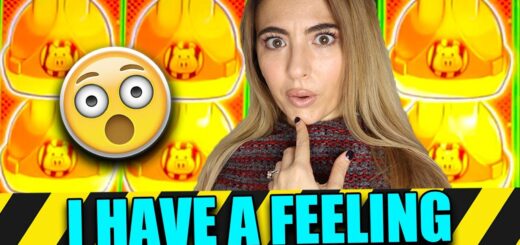WHAT A ROLLER COASTER
What A Roller Coaster!
There’s something exhilarating about the twists, turns, and drops of a roller coaster ride. Whether you are a thrill-seeker or not, these attractions have captured the attention and hearts of people all over the world. Originating in the late 19th century, roller coasters have come a long way and continue to be a symbol of fun and excitement.
A roller coaster is an amusement ride that consists of a track with steep slopes, loops, and other inversions designed to give riders a thrilling experience. The concept behind roller coasters dates back to the 17th century when the Russians created ice slides that allowed people to sled down a frozen ramp. However, it was not until the 1880s that LaMarcus Adna Thompson introduced the first modern roller coaster in Coney Island, New York.
Roller coasters can be made from various materials, including wood, steel, or a combination of both. The choice of material affects the smoothness and speed of the ride. Wooden roller coasters have a nostalgic charm and are known for their creaking sounds and enhanced sense of speed. On the other hand, steel roller coasters offer a sleeker design and the ability to perform complex inversions, making them more suitable for adrenaline junkies.
The thrill of riding a roller coaster comes from its physics. The ride’s initial ascent, often called the lift hill, builds up potential energy by taking the train to a high point. From there, gravity takes over, converting the potential energy into kinetic energy as the ride descends. The dips, loops, and corkscrews throughout the track increase or release energy, creating an intense experience for the riders.
The design and engineering of roller coasters require meticulous calculations and testing to ensure safety. The track must be sturdy enough to withstand the forces exerted by the moving train while providing an exciting experience. Engineers use mathematics, physics, and computer simulations to fine-tune the ride experience to create a balance between thrills and safety.
Roller coasters are not only a source of entertainment but also a testament to human innovation and imagination. Theme parks around the world compete to create the tallest, fastest, and most thrilling roller coasters to attract visitors. These rides push the boundaries of what is physically possible, introducing new elements such as virtual reality headsets or launch systems that provide an extra burst of speed.
The popularity of roller coasters can be attributed to the rush of emotions they elicit. From the exhilaration during the steep drops and loops to the sense of accomplishment once the ride is over, roller coasters offer a full spectrum of feelings. They provide an escape from our ordinary lives, allowing us to experience a temporary thrill that makes us forget our worries and embrace the moment.
Roller coasters also have a social aspect that brings people together. Waiting in line and discussing the ride experience with fellow riders can create a sense of camaraderie and shared excitement. Even for those who prefer to watch from the sidelines, witnessing the smiles, screams, and laughter of coaster enthusiasts can be infectious.
In conclusion, a roller coaster is more than just an amusement park ride. It represents the ingenuity of mankind to create thrilling experiences while ensuring safety. It taps into our desire for adrenaline and excitement, providing a temporary escape from reality. So, next time you have the chance to ride a roller coaster, buckle up and get ready for the adventure of a lifetime!




 Free Casino Slot Online – The best things in life are free, like our slots!
Free Casino Slot Online – The best things in life are free, like our slots!